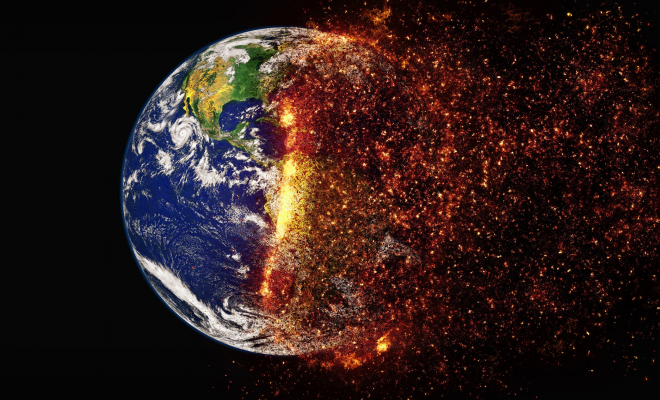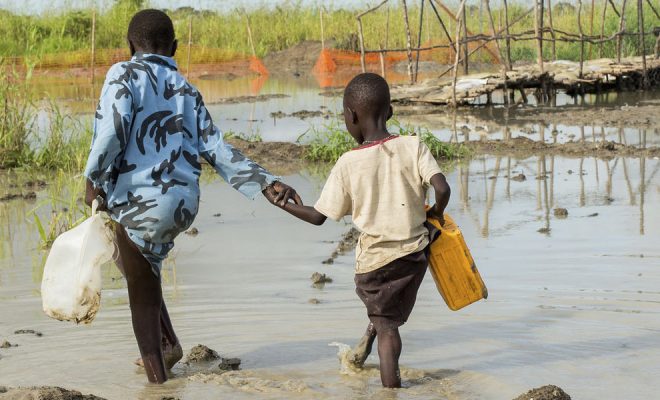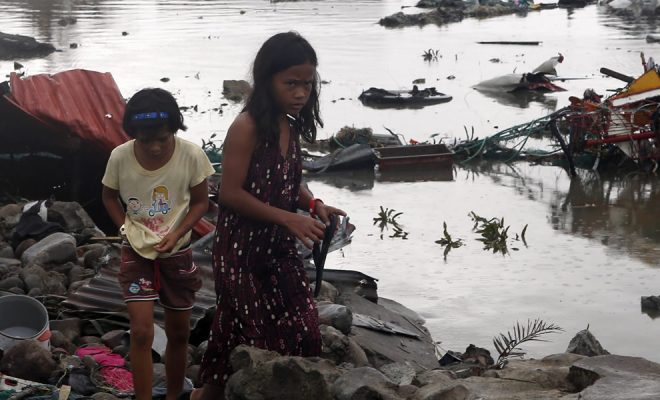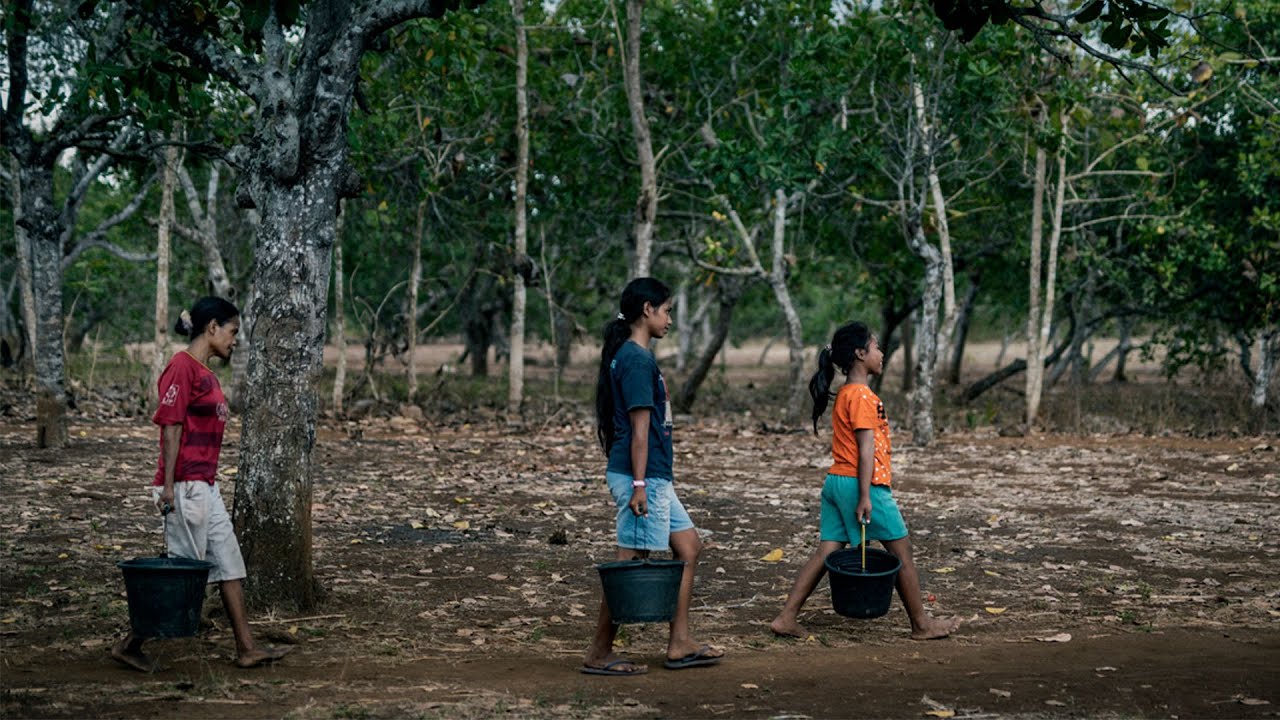
It seems that they need to occur in unusual areas of rich countries for international public opinion to “wake up” to the growing threat of floods caused by climate change. In July this year, Storm Bernd devastated parts of Germany that had never experienced such a disaster before, causing 165 deaths. Some parts of Germany received an average of 40 liters per square meter per hour for 48 hours straight. Barely one month later, after the IPPC AR 6 conclusions were released, international media highlighted the coincidence of floods with the worst predictions included in the experts’ report.
Within days, hurricane Ida became the second most intense and damaging ever recorded in the state of Louisiana, in the United States, second only to Katrina in 2005. Hurricane Ida then travelled up to the East Coast of the United States, leaving record rainfall in several cities, including New York. It caused at least $50.1 billion in losses along its path. The media was also filled with references to the IPCC report.
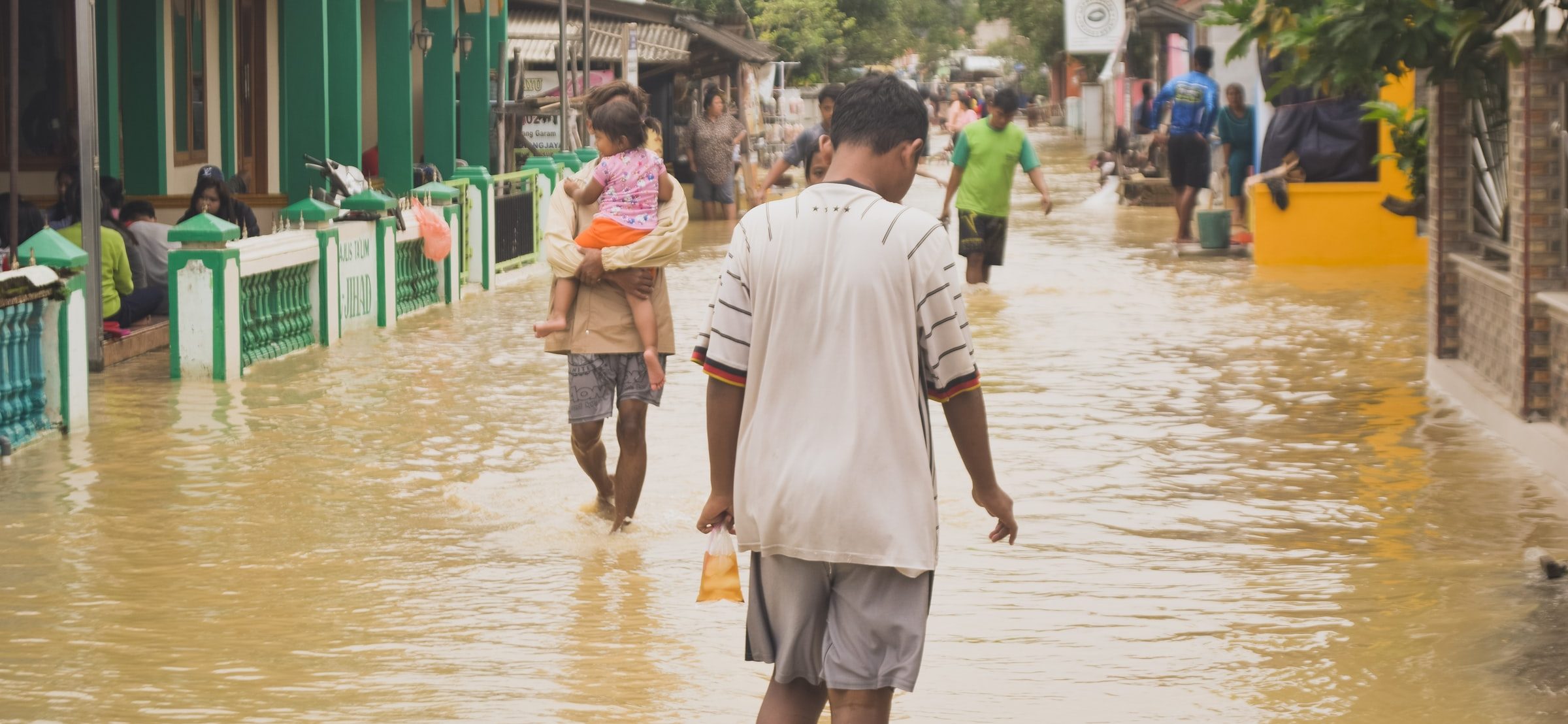
Poor people are the most vulnerable to a disaster caused by rainfall and poor land management. © Misbahul Aulia-unsplash
The greater the meteorological violence, the greater the exposure and vulnerability
The developed world is increasingly aware of the need to adapt to a new climate reality. In both Europe and the US, the governments involved rapidly counted the deaths and missing, assessed the damage, implemented aid programs and designed strategies to avoid the recurrence of the disaster: more technology to improve weather forecasting models; revision and improvement of warning systems; and plans for the construction of channels and levees. Experts initiated a public debate on the basic equation for assessing damage: Risk = Hazard x Exposure x Vulnerability, an equality used until now mainly by insurance companies whose concepts are already explained in many school curricula in Europe, the USA, China and Japan.
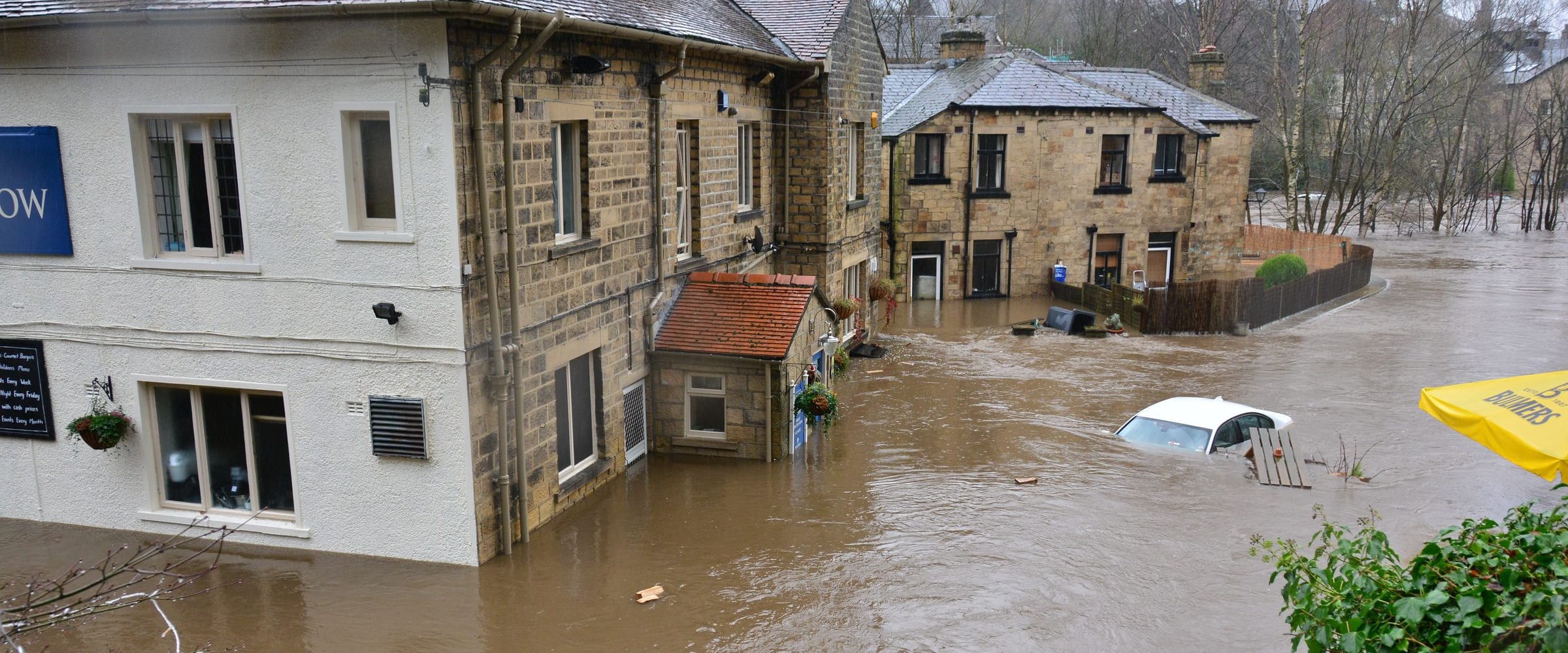
The developed world is increasingly aware of the need to adapt to a new climate reality. © Chris Gallagher-unsplash
Hurricanes and torrential rain force us to take these factors into account in any activity we do or plan. The increase in virulence of the “dangerous phenomenon” factor due to climate change forces us to constantly review the “risk”. In the areas affected by Storm Bernd, as in each new flood, new areas of exposure are discovered on the banks of rivers, urbanized watercourses that had been forgotten, blocked natural drains and new paved areas that prevent the absorption of water and aggravate flooding by increasing the violence and extent of runoff.
In Europe and the USA, weather warnings arrived relatively quickly, but the lack of preparation of emergency systems was evident in just a few hours. New exposure implies new vulnerability: houses, basements, streets and cars are not designed or built to withstand the pounding of water; nor can rescue services respond efficiently to a situation never before experienced.
Poor countries: the most exposed and vulnerable
While rich countries are concerned about decreasing the risk of flooding, poor countries, on the other side of the technological and financial gap, have a much more difficult time correcting the vulnerability of most of their inhabitants. There, in sub-Saharan Africa, in India, in the Indochina peninsula, in the Philippines… for decades, they have been suffering the devastating effects of violent meteorological phenomena; disasters that take a toll on a helpless population that sees its chances of escaping poverty recede indefinitely after each deluge.
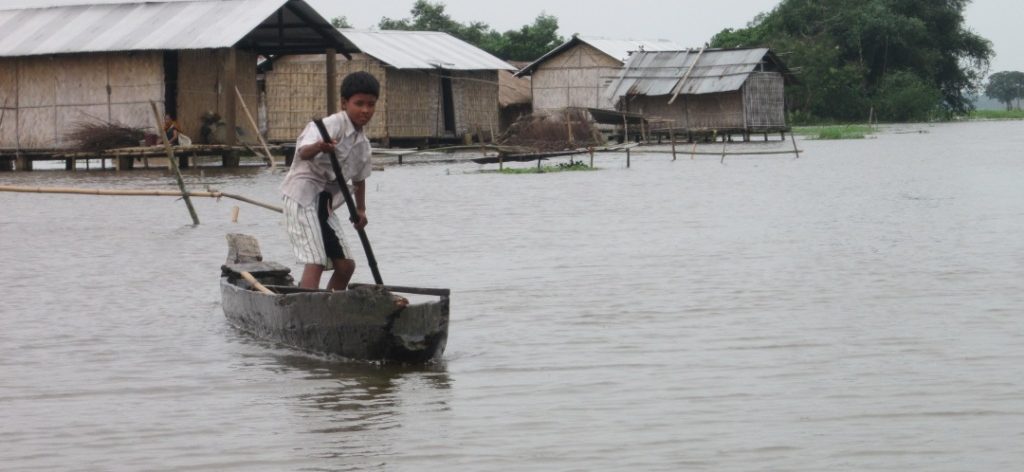
In India, for decades, they have been suffering the devastating effects of violent meteorological © Oxfam
In November last year the World Bank published the report People in Harm’s Way: Flood Exposure and Poverty in 189 Countries; this is a detailed analysis based on high-resolution global population and flood hazard maps and poverty estimates from the Bank’s own global monitoring database. It is a document that has become particularly relevant after the recent wave of floods. Its main conclusion is to corroborate with scientific precision an obvious fact that seemed to be forgotten: that the income level is a reliable indicator of the capacity of communities to mitigate floods and recover from them.
According to the study, led by economists Jun Rentschler, expert in disasters, and Melda Salhab, a development process analyst, some 1.47 billion people (19% of the world’s population) are directly exposed to flood risks of more than 0.15 meters at least once every 100 years. There is a direct link to poverty in this risk exposure: 89% of these people live in low- and middle-income countries; of these, an estimated 132 million live in extreme poverty (less than USD1.9 per day) and in areas of high flood risk.
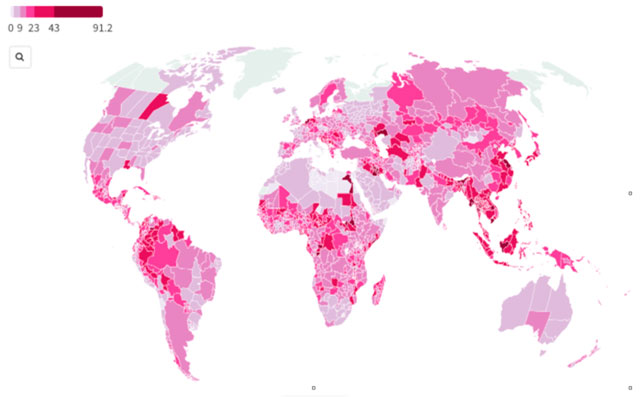
Areas of the world with percentage of people exposed to flood risk. Source: Rentschler, J., M. Salhab (2020), People in Harm’s Way: Flood Exposure and Poverty in 189 Countries / World Bank
From a geographic perspective, most of the people exposed to floods, about 1.36 billion, are in South and East Asia; China (329 million) and India (225 million) represent more than one third of global exposure. But if the poverty level is considered, the study reveals that the African sub-Saharan countries bear the brunt: of the 171 million people exposed to the flood risk in this area, at least 71 million live in extreme poverty.
When flood exposure and poverty coincide, the risk to livelihoods is compounded. The poorest households rarely have savings and their access to insurance is virtually non-existent. They are also often forgotten by government aid and invisible to censuses, so when disaster strikes, they urgently require immediate assistance to survive and have a chance to build the foundations for future resilience.
The first step for this assistance is always based on providing access to drinking water and restoring sanitation. In the aftermath of Typhoon Haiyan, one of the emergency relief actions was to distribute jerry cans and water purification tablets to collect water for drinking; and in recovery assistance, the rehabilitation of access and sanitation systems was essential, so that people no longer had to drink polluted water.
But the next step is also difficult. How to plan and execute recovery? In the Philippines, as in Haiti, Cameroon, India, Bangladesh and other poor countries that have suffered the devastation of these disasters, external aid is essential, but even more so is the development of a public works strategy that removes slums and crops surrounded by deforested land, for instance, from exposure and vulnerability. Migratory pressure, as well as the neglect of rural areas and poor land management create a very difficult scenario to achieve this.
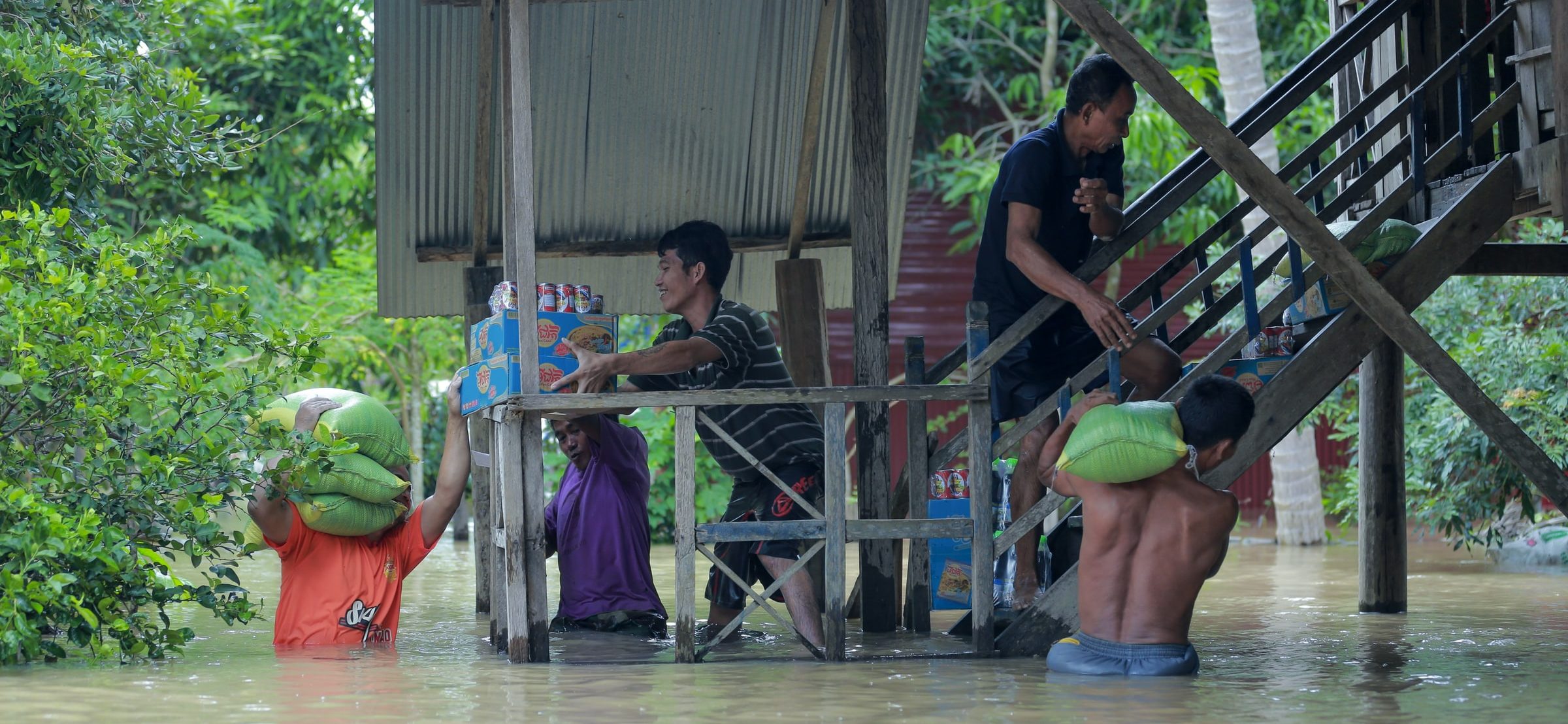
In the Philippines, as in Haiti, Cameroon, India, Bangladesh and other poor countries that have suffered the devastation of these disasters, external aid is essential. © Ny Menghor -unsplash
The World Bank study provides socioeconomic data that until recently were not very accurate and are essential to coordinate international strategies to achieve the 17 SDGs by 2030. Flood risks are steadily increasing and require urgent action where poverty and risk exposure overlap. No community in the world is immune to natural disasters that force us to take a solidarity-based view of life on the planet. May the floods make us aware of this.



